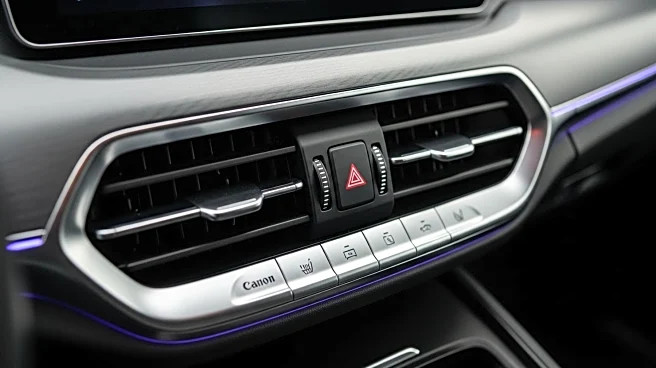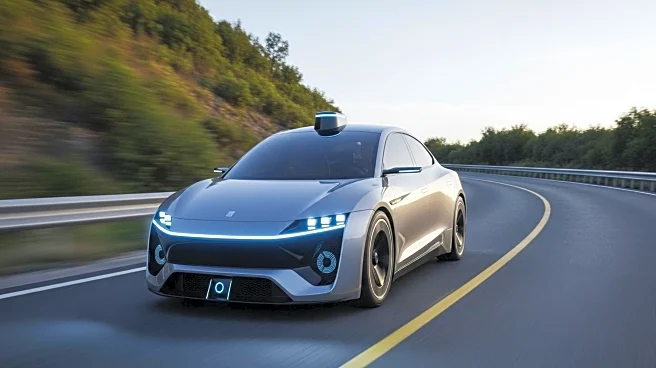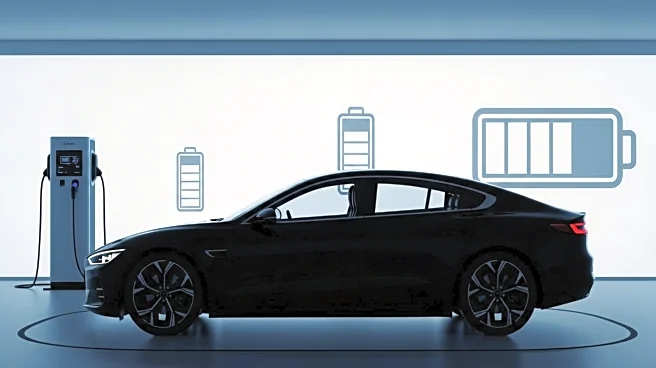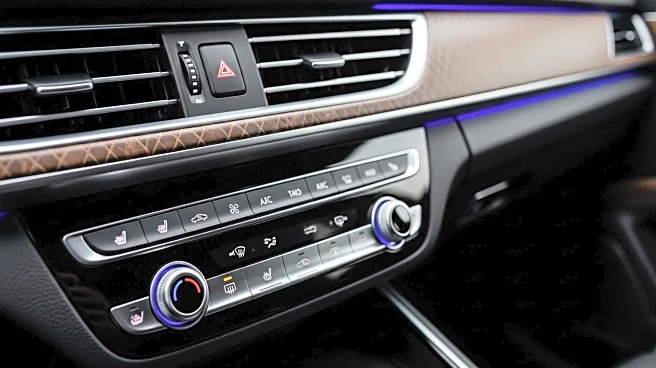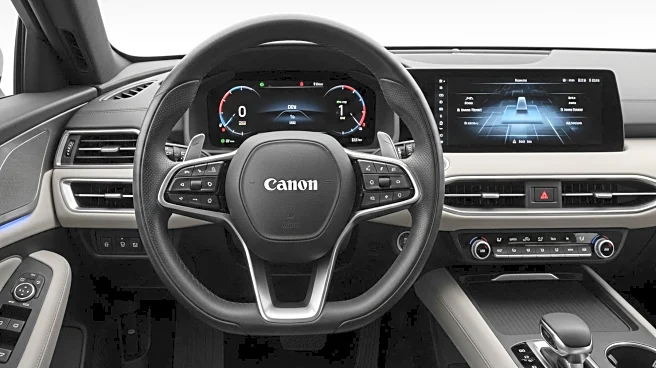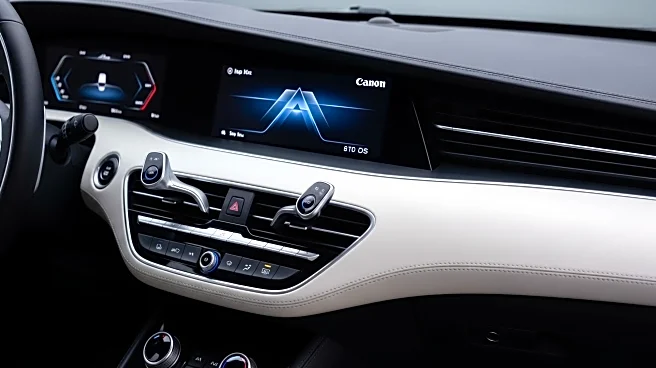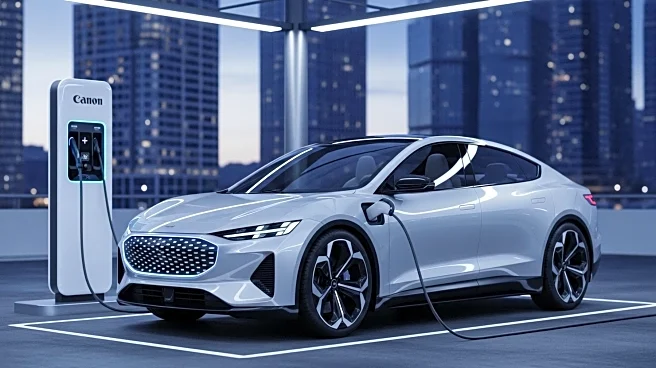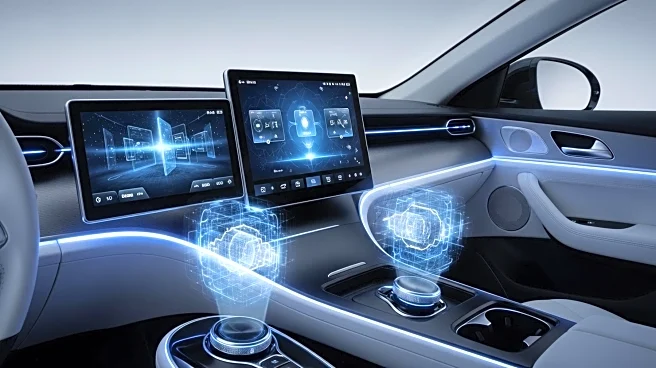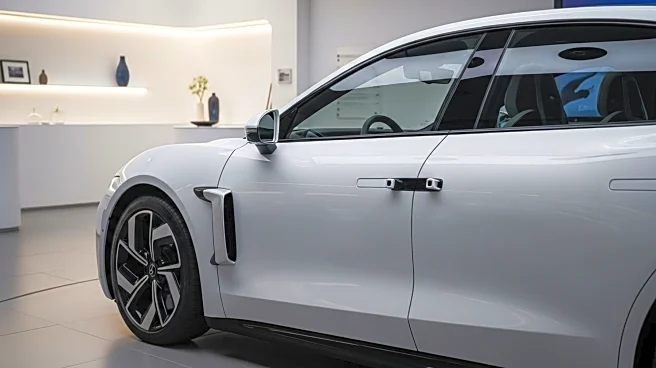What is the story about?
What's Happening?
Mercedes-Benz has announced the reintroduction of physical buttons and switches in its vehicles, following data-driven insights that highlight consumer preference for tactile controls. The decision comes after analyzing feedback from users of its software-defined vehicle, the CLA, which indicated that physical controls are crucial for certain demographics. The new steering wheel design, featuring these buttons, will be standard in future Mercedes models, with variations tailored to different markets. This move reflects a broader industry trend where automakers are responding to consumer demand for more intuitive and safer vehicle interfaces.
Why It's Important?
The reintroduction of physical buttons by Mercedes-Benz signifies a shift in automotive design philosophy, prioritizing user experience and safety. Physical controls are often preferred for their ease of use and reliability, especially in critical driving situations. This decision could influence other automakers to reconsider their reliance on digital interfaces, potentially leading to a broader industry trend. The move also aligns with regulatory pressures, such as those from Euro NCAP, which may penalize manufacturers for lacking physical controls, impacting safety ratings. Consumers stand to benefit from improved vehicle usability and safety.
What's Next?
Mercedes-Benz plans to continue integrating physical buttons in its larger vehicle models, where design flexibility allows for more comprehensive control interfaces. This approach may set a precedent for other manufacturers, prompting them to balance digital and physical controls in future designs. As regulatory bodies like Euro NCAP consider new rules affecting safety ratings, automakers may increasingly prioritize physical controls to meet these standards. The industry could see a resurgence of tactile interfaces, enhancing driver satisfaction and safety across various vehicle segments.
AI Generated Content
Do you find this article useful?
